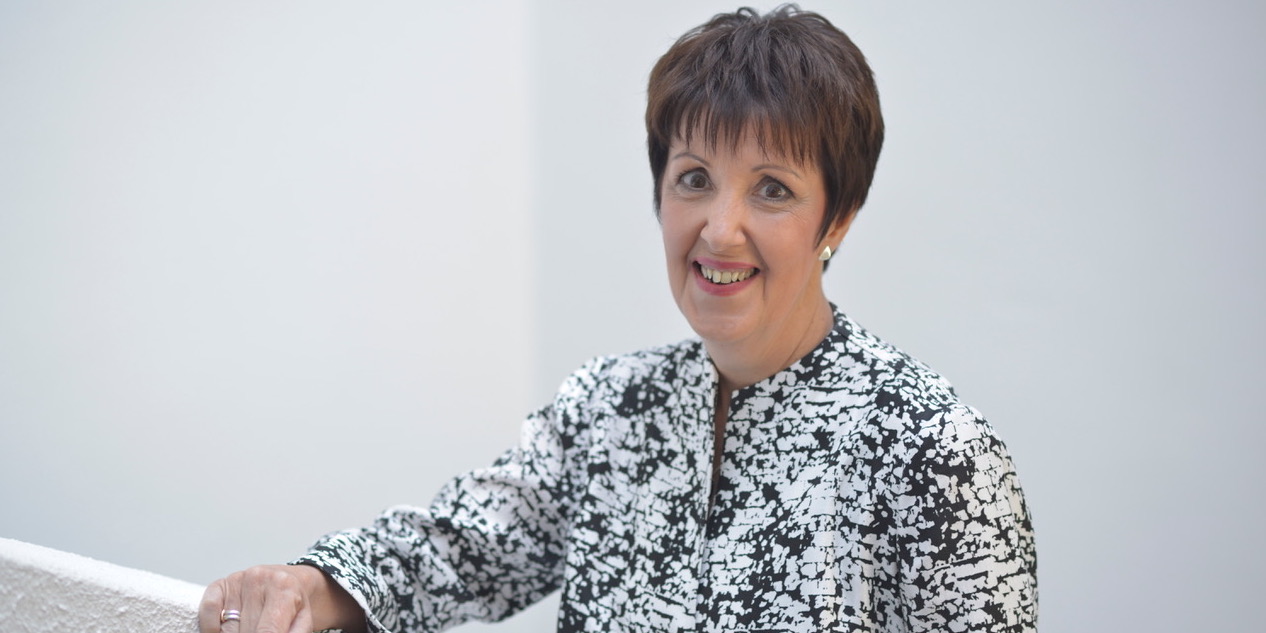
The world after Covid-19
FEATURE – Looking to the future, the author encourages us to challenge obsolete ideas and seize the opportunity provided by Lean Thinking to make the world a better place for all.
Words: Daniel T Jones, Chairman, Lean Enterprise Academy – United Kingdom
A crisis is a great opportunity to challenge “zombie” ideas and practices that are now obsolete and even detrimental to our progress. It is also an opportunity to step back and review where we have been – our failures and our achievements, and the consequences they have brought – and to look ahead to the challenges that will need to be addressed when the Covid-19 pandemic is a thing of the past.
Without a doubt, we will all think and behave very differently after months of lockdowns, social distancing, working at home, video networking, community mobilization and online learning. The post-Coronavirus world will be a very different place, and the sooner we understand what it will look like the better prepared we’ll be when the time comes to hit the reset button.
In my mind, three developments encapsulate the challenges that will come back into focus after the crisis. Perhaps the most striking achievement in the 50 years since I graduated from university is that the proportion of the global population living in poverty has fallen from 50% to just 9%. In other words, billions of people have been lifted out of poverty by the progress of science and an open, global trading system. This is matched by similarly dramatic improvements in things like literacy, immunization rates, nutrition, crop yields, child mortality, and life expectancy and falling birth rates (more on this in Stephen Pinker’s Enlightenment Now and Hans Rosling’s Factfulness.) Sustaining these important gains through the global downturn that will follow this crisis should be a top priority for us.
During the same time period, however, our generation has also been responsible for over 85% of the carbon emissions produced since the industrial revolution. The consequences of the resulting climate change are becoming clearer by the day and can no longer be ignored. The lockdowns have also shown us how quickly the Earth can recover if we curb pollution. The second challenge for humankind will be to find new ways to support sustainable living standards, while healing our planet.
Rising to these challenges will depend on our ability to change our economic and social systems, which have become dangerously unbalanced in favor of the rich. When the deregulated financial system melted down in 2008, it was promptly rescued and kept alive with massive “quantitative easing” and near-zero interest rates. This allowed many businesses to borrow huge sums to return cash to their shareholders. At the same time, the political drive to reduce taxes and limit the role of the state weakened the regulation of monopolies and markets and cut resources for “left-behind” communities. No surprise populist politicians jumped at this opportunity! (Luckily, their stumbling incompetence in responding to this emergency will soon be clear for all to see.)
While political and economic cooperation will be essential in the future, we also need to heal the social organizations that will be the agents delivering the changes we need. We urgently need an alternative to the shareholder-first business model, which delivered huge profits but also growing inequality and resentment as these profits were not shared with employees. For too long, the focus of many businesses has been on replacing employees with low-cost labor and increased automation.
In fact, as we talk about zombie ideas whose time has passed, it is clear to me that Milton Friedman’s belief that businesses should only focus on making profits for shareholders is top of the list. It is no longer acceptable to ignore the impact of an organization on the environment or the challenges of climate change, or to rely on compliance from an increasingly skilled workforce that does not share in the profits. The research carried out in the lean movement over the years has shown that, at an operational level, this business system is full of wasted time, effort and costs and is slow to respond to change. It was, in fact, designed for the mass production era of stable technologies, economies of scale, long supply lines and big systems. They simply won’t be fit for purpose in the rapidly changing world we can expect to live in after the Covid-19 crisis is over.
There is a proven alternative. We have been studying Toyota’s lean business system for many years. It has consistently delivered significantly better quality, productivity, customer focus, innovation, employee engagement, profitability and more recently environmental sustainability. Yet, its underlying assumptions are absolutely in tune with the rapidly evolving needs of our time.
What are its key elements? Instead of “making money” through economies of scale, controlling markets and locking customers in, lean organizations earn a premium by understanding how to support and retain customers by helping them to meet their needs better than their competitors can. Critically, they do so in a demonstrably sustainable way (minimizing carbon emissions, pollution, transport miles, etc.) and with faster development cycles able to respond quickly to changing user feedback and to iteratively scale up new technologies and solutions.
Instead of assuming that efficiency is achieved by keeping individual activities busy, lean businesses discover that operational synchronization of all the value-creating steps – in development as well as production and delivery – removes many layers of wasted time, effort and cost. They also learn that, over time, mutual commitments to continuous improvement with key suppliers beats market-based relationships. And that decentralized production and co-located supply clusters can respond faster to customers with a much-reduced environmental footprint.
Instead of assuming that processes are designed and maintained by experts and that it is management’s job to ensure compliance by operatives, organizations that have embraced Lean Thinking seek dynamic economies through engaging everyone in continuous improvement and scientific problem solving. Lean tools and principles are learning frames to develop the capabilities of individuals and teams to solve the next set of problems, and the next. The capabilities created by this people-centric learning system are essential in synchronizing and integrating operations and responding to a changing environment.
Instead of focusing on strategy and delegating others to drive it through the organization, lean leaders work to clarify the performance gaps to be closed and create a structured dialogue to align improvement proposals from across the business. Often guided by an experienced Sensei, they go to the front line to identify and remove obstacles to improvement. They also create the necessary support for managers in developing the problem-solving capabilities of their teams in making the improvements. (For more on this I recommend the following books: Jim Lancaster’s The Work of Management, and The Lean Strategy and The Lean Sensei by Michael Ballé et al.)
The true significance of this lean business system is not that it improves the performance of the legacy assets of the mass-production age – big factories, big warehouses, big stores, big hospitals, big airports etc. It does, of course, but it can also iteratively scale up new technologies much faster through several generations with user feedback. Most significantly, it can mobilize the creative contribution of everyone, including users, to develop very different and sustainable systems for the future. We can’t simply rely on experts to meet these challenges for us. We all have to be active participants in shaping our future as consumers and as providers of solutions. The lean business system provides the organizational framework to do just that. It is up to us lean thinkers to help mold the post-pandemic world into a more equal, sustainable and collaborative place.
THE AUTHOR

Read more


FEATURE – A bad management system generates distortions that represent the root cause of many of the problems experienced by organizations.


INTERVIEW – Rose Keanly discusses the role of lean in a strategic business transformation in the financial services sector and the dos and don’ts of bringing lean to a large organization.


RESEARCH - In the last 10 years lean has made its way in many hospitals and healthcare systems, often with impressive results. Professor Dan Jones looks back at the lessons learned throughout the decade.


INTERVIEW – After transitioning from agile to lean kanban, French insurance comparison company LesFurets.com has found in lean management an ever stronger foundation for value creation.

